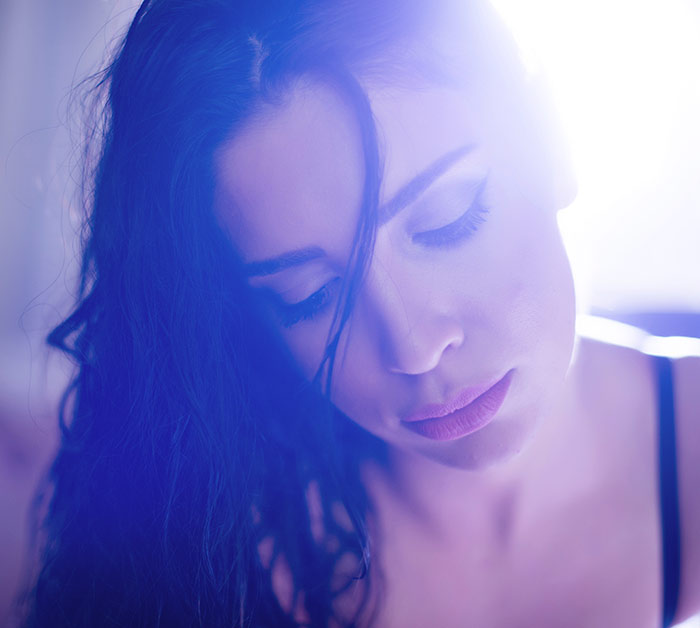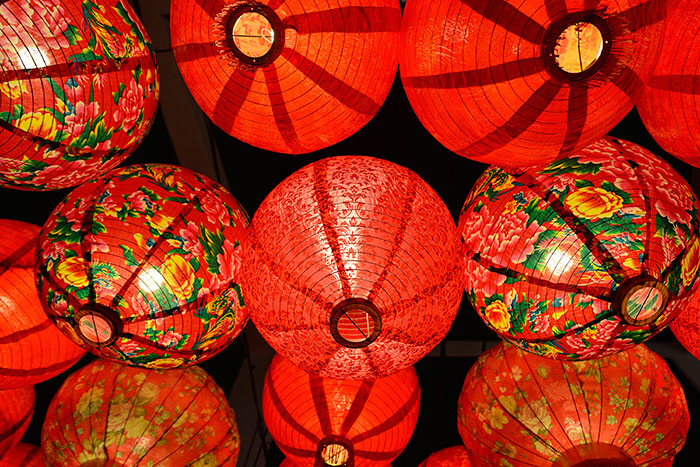“Who told you that one paints with colors? One makes use of colors, but one paints with emotions.” Jean-Baptiste-Simeon Chardin
Color.
As you consider the best colors for branding your business, it’s important to start with a few basics:
- Humans make decisions based on emotion
- Colors influence the emotions of people
Next, consider the following questions:
What impact does color have upon human emotion? When shown a color, what do we feel? Do we all have the same feelings for the same colors? What is it about color that makes us feel a certain way?
The Emotion of Color
“Colors, like features, follow the changes of the emotions.” Pablo Picasso
Bevil Conway, an artist and neuroscientist, investigates ideas relating to both the human mind and art. He believes that research into how humans process color will be linked to the fundamentals of human cognition.
In an interview for Washington Post, Conway says, “color is powerful, and it has special access to the parts of our brain that care about what other people think and how we feel.”
You may think that it’s obvious: color impacts our emotions and, therefore, influences our decision-making process. But it really isn’t that clear cut.
Yes, colors evoke human emotions. But what is it about a color that connects us to it emotionally?
Is it the color itself? Or something more?
The Psychology of Color
“Color is only beautiful when it means something.” Robert Henri
In “Color psychology: A critical review” Whitfield and Wiltshire put forth the six basic principles of Color Psychology:
- Color can carry specific meaning.
- Color meaning is either based in learned meaning or biologically innate meaning.
- The perception of a color causes evaluation automatically by the person perceiving.
- The evaluation process forces color-motivated behavior.
- Color usually exerts its influence automatically.
- Color meaning and effect has to do with context as well.
They note that color does have meaning and that meaning is processed automatically by the person viewing it. Of interest is item 2, where they note that color meaning is either “learned” or “biologically innate.” We’ll investigate “learned” meaning after “biologically innate” meaning.
Does “biologically innate” mean that the feelings we display for colors is part of our DNA? Does it mean that people – across cultures, genders, and ages – have the same feelings for the same colors?
The Biology of Color
“A certain blue enters your soul. A certain red has an effect on your blood-pressure.” Henri Matisse
In “The impact of Color on Learning,” Kathie Engelbrecht notes that:
Color has been shown to alter the level of alpha brain wave activity, which is used in the medical field to measure human alertness. In addition, it has been found that when color is transmitted through the human eye, the brain releases the hormone, hypothalamus, which affects our moods, mental clarity and energy level.
She also notes studies done by Rikard Kuller in 1976, which demonstrate that color and visual patterning affects not only our brains, but also our entire central nervous system.
Biologically, our emotional reactions to color are part of our instinct for survival. For instance, in certain environments, bright red signals danger (a toxic insect) and bright green signals preservation (a nutritious leaf).
But what part of the color are we reacting to? Can we really find the “best colors for branding?”
The Elements of Color
“It seems obvious that colors vary according to lights, because when any color is placed in the shade, it appears to be different from the same color which is located in light. Shade makes color dark, whereas light makes color bright where it strikes.” Leon Battista Alberti
Researchers have found that the hue of a color isn’t the only factor that plays into this.
Studies by Patricia Valdez and Albert Mehrabian indicates that it may not be the actual hue of a color that affects our emotions, but the saturation and brightness of that color.
In “Effects on the Colors of Emotion” (1994) they note that their studies “provided highly consistent evidence regarding strong and highly predictable relationships of color brightness and saturation to emotional reactions. In comparison, relationships of hue to emotions were surprisingly weak, particularly for arousal and dominance reactions.”
Emotions are affected by the three elements that make up a color: hue, brightness, and saturation. Think about it – bright red means something different than dark, dull red. And a bright blue awakens feelings that deep blue does not.
This complicates things.
Further complicating things is the “learned” part of color meaning – how things like culture, personal history, and upbringing impact our emotional responses.
The Culture of Color
“No man ever looks at the world with pristine eyes. He sees it edited by a definite set of customs and institutions and ways of thinking.” Ruth Fulton Benedict
There is no way to separate your biological reactions to color from your cultural biases and personal preferences; emotions are impacted by all these things.
Cultural biases cannot be overlooked. One simple example of this is the color white. It represents purity in ancient Egyptian and Roman cultures, but today, Wikipedia notes that white is also used to symbolize “modernity, simplicity, and strength.” Sounds great, right? But what if you go global? Did you know that in China, people use white to mourn the dead? So while white is the top choice for celebrating a wedding in the United States, it’s much different in China.
But are there similarities in reactions across cultures? Some studies suggest the answer is yes. In “A Cross-Cultural Study of the Affective Meanings of Color“, researchers Osgood and Adams note the following “cross-cultural similarities in feelings about colors” across 23 cultures:
- The concept RED is affectively quite salient.
- BLACK and GREY are bad, and WHITE, BLUE, and GREEN are good.
- YELLOW, WHITE, and GREY are weak; RED and BLACK are strong.
- BLACK and GREY are passive; RED is active.
Culture & Preference
What about preferences? Do people prefer the same colors across cultures? When it comes to color preferences, the paper “Cross-Cultural Studies of Color Preferences: US, Japan, and Mexico” documents findings that preferences differed in the US, Japan, and Mexico for 32 colors studied.
Gender & Preference
Does the gender of a person influence her color preferences?
Joe Hallock also does an interesting study about color preference and gender in “Colour Assignments“, noting that men prefer bright colors and women prefer soft colors.
Context Cannot Be Ignored
“I find great pleasure in using color out of context to express emotion and to entertain the viewer.” Carlton Plummer
Another factor to consider is the context of the situation, including where the color is found and what those colors represent.
In fact, context may be the number one most important aspect when it comes to color.
Context is imperative to understanding the effect color has on a consumer. If the colors used aren’t consistent with your brand image, it won’t make sense to your target market. When it comes to branding, use color to create an association in the minds of your consumers to the desired image your brand.
Conclusion: What are the Best Colors for Branding?
“Instead of trying to reproduce exactly what I see before me, I make more arbitrary use of color to express myself more forcefully … To express the love of two lovers by the marriage of two complementary colors … To express the thought of a brow by the radiance of a light tone against a dark background. To express hope by some star. Someone’s passion by the radiance of the setting sun.”
Vincent van Gogh
Much research done on color up to this point is inconclusive and potentially flawed. Still, we can be fairly sure about the following assumptions: 1) Color does affect human emotion; 2) The emotional influence of color is dependent on a person’s biological reactions to that color as well as culture, history, and other factors; and 3) Context matters.
Sound confusing? Want help finding the best colors for branding your business? Artonic can help!
Artonic excels at creating effective brands. If you’d like to discuss your brand, please give us a call at 517-902-7851 or drop us a line at [email protected].
Further Reading
The Fascinating Neuroscience of Color
Fast Company
Effects of Color on Emotions
Patricia Valdez and Albert
Why Color Matters
Jill Morton
Series On Branding
Please note: This is the final blog in a four-part series about Branding:
Part One: The 3 Qualities of a Great Brand
Part Two: How Important is Branding?
Part Three: Developing a Brand Name


